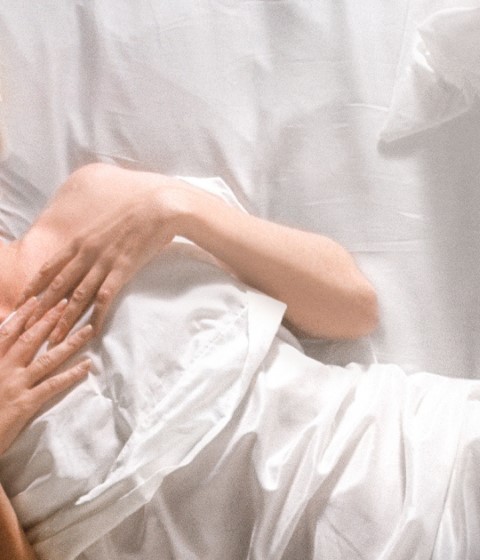This book, edited by La Fábrica, accompanies the homonymous exhibition that can be visited until August 27 at the Museo Lázaro Galdiano, within the Official Section of PHotoESPAÑA 2017.
The work brings together more than 90 photographs belonging to the painter's private collection, and offers the opportunity to look at the photograph through his eyes. Eduardo Arroyo confesses a passion for photography, and gives with his collection a tribute to this art in which he has always looked as a source of inspiration.
As Fabienne di Rocco, curator of the exhibition, points out in the text that introduces the images of the book:
"Photography has always awaken the curiosity of artists, who cut it when it is reproduced in newspapers or magazines, or bought it on barite paper at the mercy of the markets, photography calls their attention, stimulates their reflection, nourishes their imagination."
Among the almost a hundred black and white photographs that the book contains, there are images of established photographers such as Cristóbal Hara or Ramón Masats, along with Studio pictures from photographers, others from news agencies or anonymous photographers, which Arroyo found in markets Or clipped from newspapers and magazines.
His collection thus becomes a photographic library in which he brings together topics that interest and inspire him, such as the circus or the theater. A selection of images that turns itself into a work of art.
As the artist himself points out, "it is a surrealist and surrealistic story that gives the idea of a collection and a passion."
For Arroyo, each photo is a "novel", a small story about which one could write, especially in the anonymous images in which the absence of references and influences leaves an unlimited space to the imagination. These anonymous photographs are those that Arroyo rescues with greater interest.
"It is not a mere accumulation, but a selection of notorious images, whether recognized or anonymous," he says.
The artist is especially interested in those photographs found in flea markets belonging to anonymous families, and that carry with them the mystery of why they have arrived there. As Di Rocco points out:
"Found on second-hand market, abandoned family albums, scattered after a difficult succession, become objects that excite us, emanating a melancholy that leads us to share the look from Susan Sontag, who considers each photo as a memento mori, Since each one of them stamps its signature in the current of time."
























